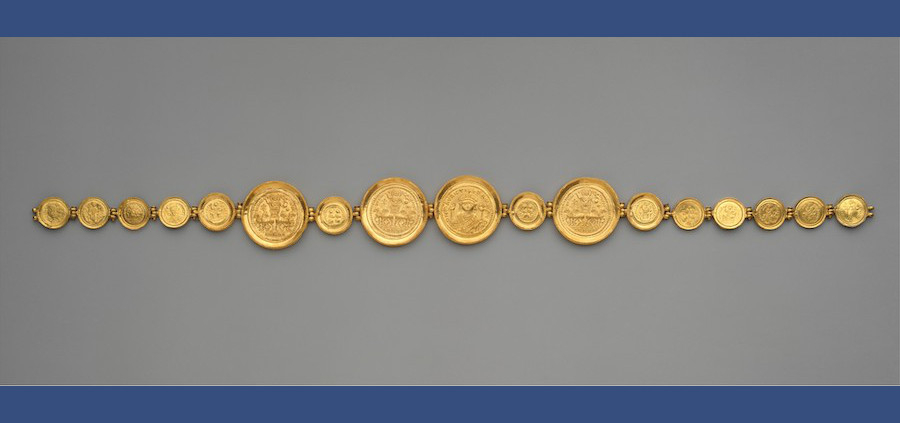Invested Interests by Julie A. Ferraro
 Periodically, something shows up in my inbox that makes me stop and think.
Periodically, something shows up in my inbox that makes me stop and think.
That’s what happened in early December: a post with a link to a news story from the Wall Street Journal—also covered by the Washington Post and even Fox News—that heralded a group of women’s religious communities, stockholders in a firearms company, who were suing that company over their production of certain weapons.
Before I continue, let me make it clear that I own no stock in any company, anywhere. For those who might assert that my 401K is all about investment: I don’t have—and never have had—a 401K account. I keep my money in basic savings and checking accounts.
Upon reading the article mentioned above, a recurring question haunted me. After years of reading about the call for religious communities and other nonprofits to withdraw, or divest, from investments in fossil fuel companies and those who earn their profits from supplying warmongers, how is this happening?
In posing my concerns, I received a bit of an education. The trend, it seems, is for religious communities to deliberately invest in such companies and, as stockholders, to challenge their business practices through resolutions at the annual stockholders’ meeting in the hopes of inciting change for the good.
A laudable activity, to be sure. But, as one person noted during this discussion, it may take a considerable amount of time for such a level of change to occur.
My one nagging question quickly became two. What about the fact that the religious communities holding those investments continue to receive dividends from those companies—in essence, profiting by the deaths of innocent human beings or the continued decimation of the planet? After all, the point of investing is to make money.
The downside of investing is, of course, when the stock prices drop and money is lost. I’ve known too many people who, relying on their investments in retirement, have been forced to return to the workplace when their portfolios were decimated by recession, like in 2008. I’ve witnessed nonprofits with considerable portfolios—why, I ask myself, since they are supposed to be “nonprofit”?—lose chunks of what could be invested in alleviating human suffering because they placed their trust in unscrupulous or inept “financial advisors.”
As someone with decades of accounting experience, I’m left scratching my head at the risks being taken with funds meant to sustain a religious community or other nonprofit into the future. As with so many other aspects of modern life, those who handle the investments on behalf of their clients receive their wages or commission, whether the client makes money or loses it. In the process of any lawsuit, even those with the most commendable of intentions, the lawyers are the ones who benefit in the end, their clients paying the invoiced hourly fees whether the case is won or lost.
When it comes to changing the attitudes and practices of any business, whether in regard to the salaries of rank-and-file workers or the safety of goods produced on the assembly line, working from the “inside” as an investor might seem feasible. There is, however, the “conflict of interest” that could be cited: those stockholders are profiting from the same unethical practices of the company in which they are investing.
Better to divest from such investments and work from the outside, speaking openly and frankly to power at all levels, raising awareness, and encouraging those who haven’t the means to invest to stand side-by-side in protest or to boycott a specific business for their questionable activities, hitting their bottom line where it’s noticeable.
That way, too, the donors to the nonprofit—so necessary to a religious community or other entity pledged to be of service—can be assured their own contributions are being wisely used for the intended purpose. ♦
Julie A. Ferraro has been a journalist for over 30 years, covering diverse beats for secular newspapers as well as writing for many Catholic publications. A mother and grandmother, she currently lives in Idaho. Her column, “God ‘n Life,” appears regularly in Today’s American Catholic.





Leave a Reply
Want to join the discussion?Feel free to contribute!